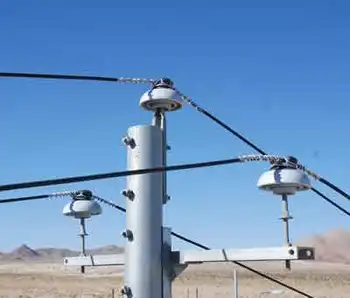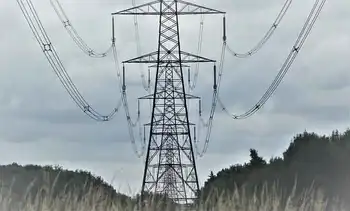Stratham fire station goes solar
By Exeter News
NFPA 70e Training
Our customized live online or in‑person group training can be delivered to your staff at your location.

- Live Online
- 6 hours Instructor-led
- Group Training Available
Unitil Energy Corporation has agreed to provide the town with $300,000 to construct a solar array on the roof of the Stratham Volunteer Fire Department at the corner of Winnicut Road and Portsmouth Avenue. The Board of Selectmen signed a Memorandum of Understanding that tentatively outlined the deal.
The project was facilitated by Caroline Robinson, a Stratham native who several years ago decided to take up the cause of energy for the townÂ’s municipal buildings.
Robinson formed a committee and has been meeting since construction began on the new fire station. Her aim is to make renewable energy a Stratham reality.
“It really shows what a little tenacity will get you,” said David Canada, chairman of the Board of Selectmen. Canada extended the town’s thanks to Robinson and her team of volunteers who have been working on the project.
The town currently spends about $15,000 a year for electricity at the fire station. According to the Energy Committee, the solar panels will pay for the buildingÂ’s annual energy costs.
In addition, depending on what type of system is installed, the fire station could maintain power during power outages, provided the sun is shining.
“That would be extremely beneficial for our Emergency Operations Center,” said Selectman Tim Copeland. “All of this seems very positive.”
One of the members of RobinsonÂ’s committee is University of New Hampshire Energy Manager Matt OÂ’Keefe, who explained that Stratham could get more bang for its buck by investing in renewable energy now, while the economy is down.
“For Stratham to strike now is critical,” he said. “On a per-unit basis, solar panels are very affordable right now, and there is a surplus of them.”
However, he pointed out that with more money coming from federal and state energy grants, prices on solar panels may be on the rise soon.
Local architect and Stratham volunteer firefighter Michael Keene, who attended the meeting about the project, encouraged the group. “I think this is a great effort and I know you’ve been working hard on it,” he told them. “We’re really going to be on the cutting edge with this.”
Dan Crow from Crow Construction, the company that oversaw the original construction of the Stratham Volunteer Fire Department and the renovation at the Stratham Municipal Center, plans to review the project’s specifications. He wants to ensure the fire station roof will support the solar panels. According to Crow, the type of structures and physical specifications vary greatly between panel distributors. “I’ve seen three different designs from three different companies,” he said.
Crow said he would need to work with Unitil to find out what panels they would be using, and most importantly, how much they will weigh.
There was some discussion about how often and the extent of access that Unitil will require to the panels. Details are still forthcoming, but the company does plan to use the site as a demonstration for their green energy capabilities, which could mean they will conduct tours of the facility.
But according to Canada: “If someone is willing to give the town $300,000, I am willing to go down to the fire hall any time and let them in.”











